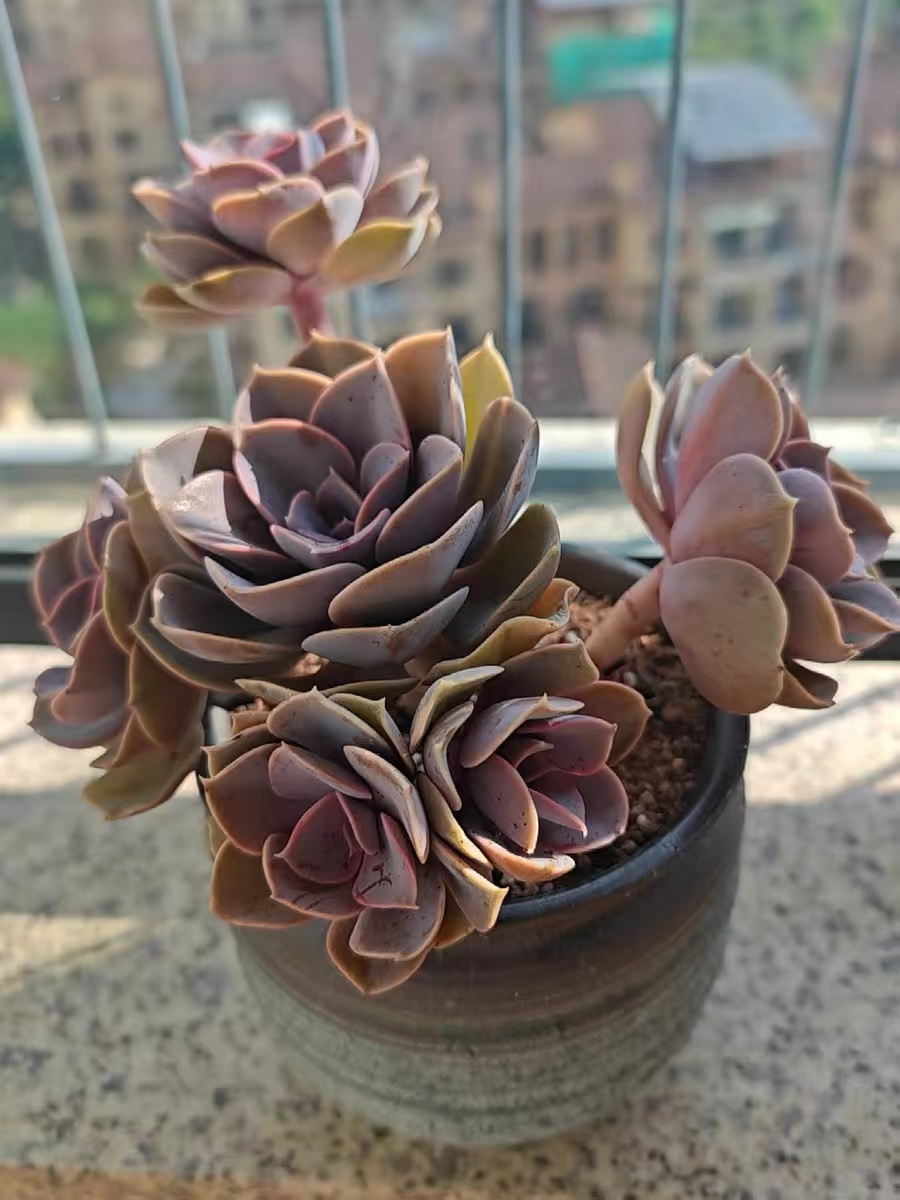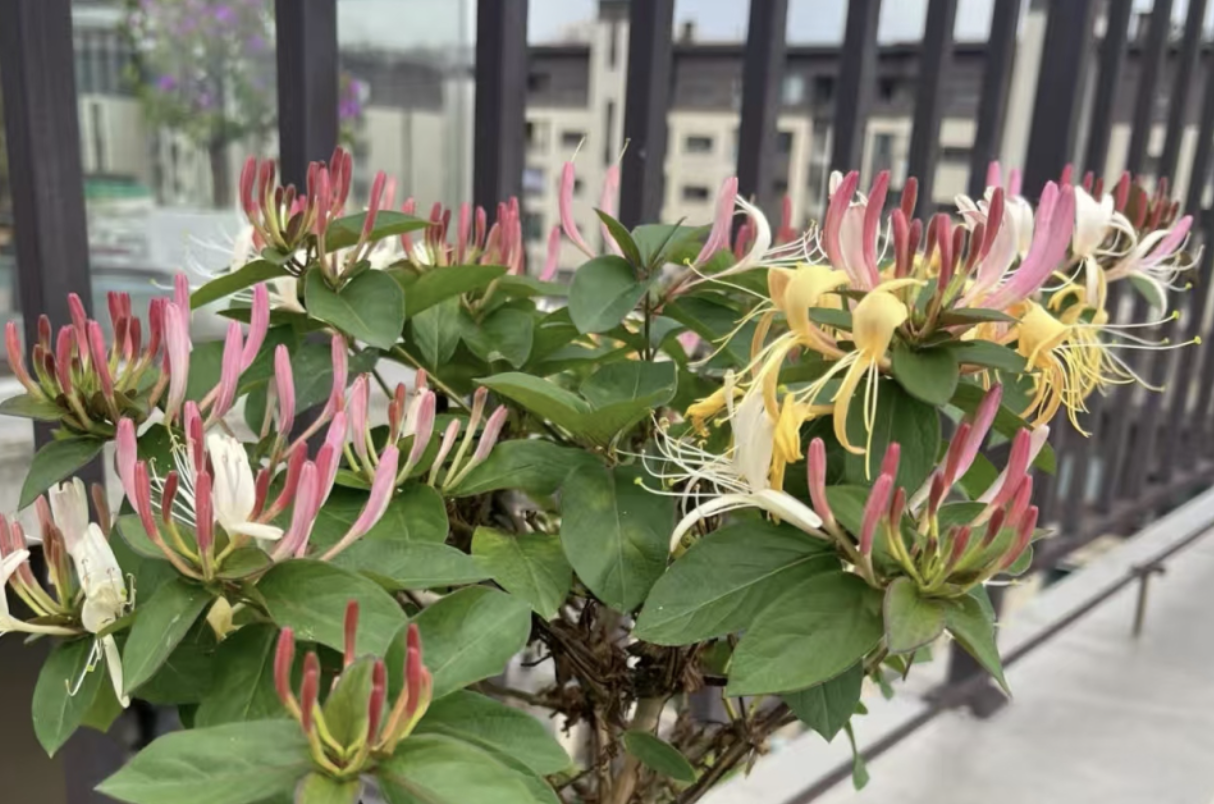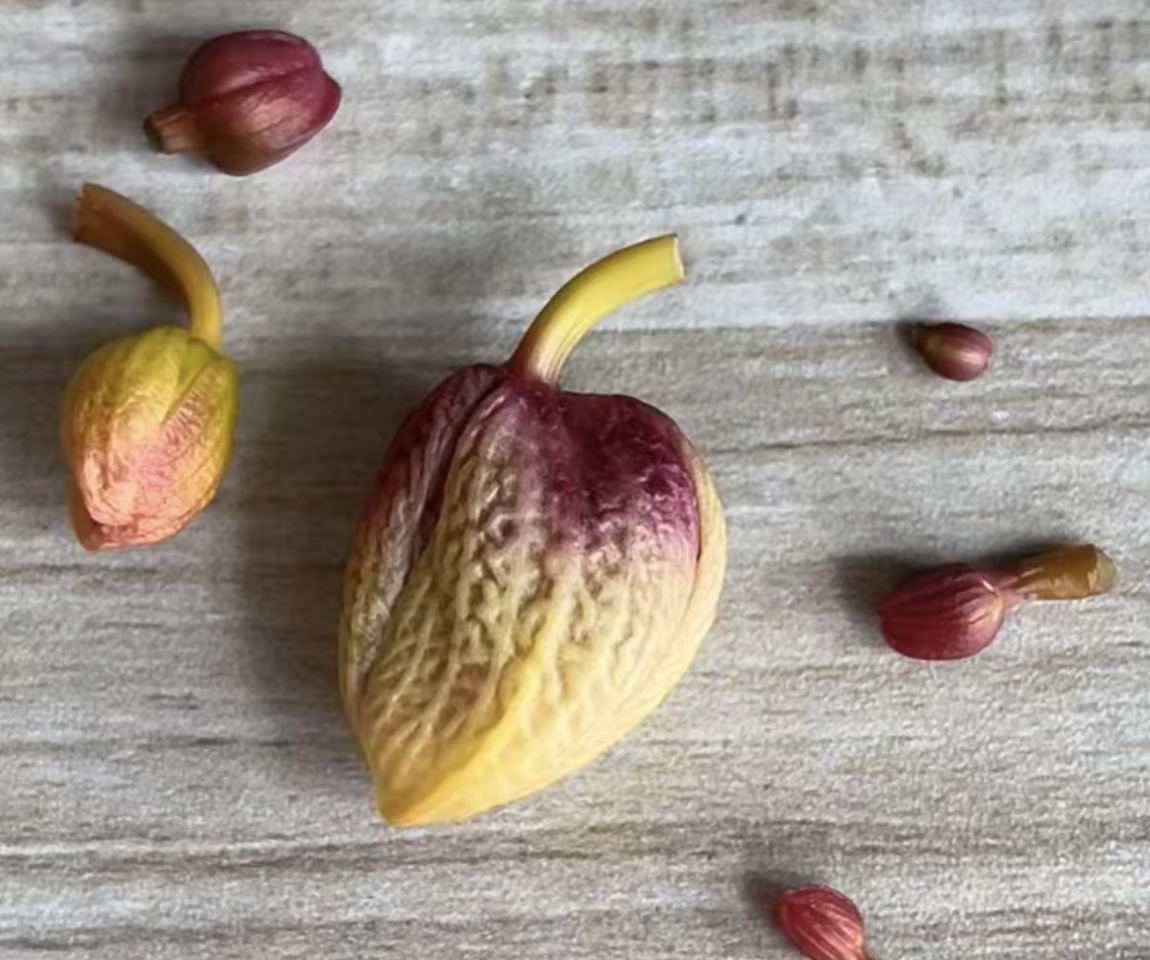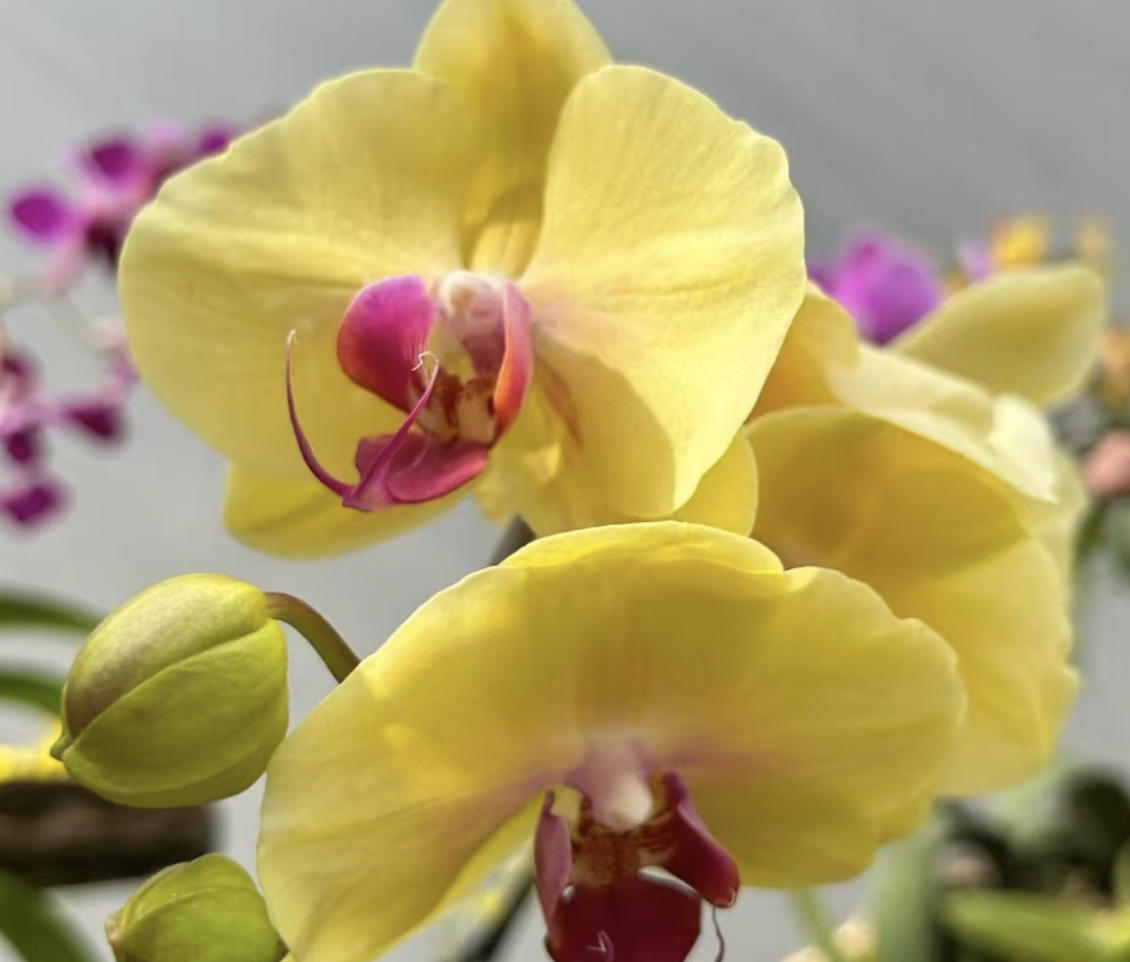In the cold winter, many succulent plants find it difficult to resist the invasion of low temperatures. This article will explore the reasons why succulent plants are sensitive to cold and introduce several practical anti-freezing techniques to help them survive the winter safely.
Most succulent plants are native to tropical or subtropical regions where the climate is warm and humid, which is very suitable for their growth. Therefore, when the temperature drops suddenly, succulent plants often suffer from freezing damage due to their inability to adapt. Specifically, the cell structure of succulent plants is rather special, and the water content inside the cells is relatively high. Under low temperature conditions, the water inside the cells is prone to freezing, which will damage the cell structure and lead to the death of the plants.
To help succulent plants get through the cold winter, the following are several practical anti-freezing techniques:
Double-potting method: The double-potting method is a simple and easy-to-implement heat preservation method. The specific operation is to place the original pot of the succulent plant in a flowerpot with a slightly larger inner diameter, and the gap between the two pots can be filled with heat-insulating materials such as foam, vermiculite, and sawdust. Doing so can effectively maintain the stable temperature of the plant's roots and reduce the impact of sudden changes in the outside air temperature on the plant.
Small greenhouse: Building a small greenhouse is also an effective way to protect succulent plants from low temperature damage. You can use light-transmitting materials such as plastic film, cola bottles, and disposable plastic bowls to make a small heat-insulating shed. Placing the succulent plants inside can effectively raise the temperature and maintain air humidity. It should be noted that the air circulation in the small greenhouse should be good to avoid mildew or rot of the plants due to being in a high-temperature and high-humidity environment for a long time. During the noon when the temperature is relatively high, appropriate ventilation can be carried out.
Covering for heat preservation: For succulent plants cultivated outdoors, in cold weather, you can wrap the plants with transparent plastic bags or plastic film to isolate them from the outside cold wind. This can not only maintain a stable temperature but also allow the plants to continue to receive sunlight. It should be noted that the covering materials should be neither too tight nor too loose to avoid damaging the plants. At the same time, it is necessary to regularly check whether the covering materials are damaged or leaking wind and replace or repair them in time.
Keeping away from cold sources: When maintaining succulent plants indoors in winter, pay attention to placing the plants in positions far away from heating radiators, air conditioner outlets and other cold sources. The temperature in these positions fluctuates greatly and is easy to cause freezing damage to the plants. In addition, avoid placing the plants at the vents to prevent the plants from being damaged by the direct blowing of cold wind.
The main reason why succulent plants are sensitive to cold lies in that they are native to warm and humid tropical or subtropical regions and have poor adaptability to low temperatures. To help succulent plants survive the winter safely, practical anti-freezing techniques such as the double-potting method, building a small greenhouse, covering for heat preservation and keeping away from cold sources can be adopted. These methods are simple and easy to implement and have remarkable effects, which can help succulent plants get through the cold winter and welcome the vibrant spring.
What are the practical anti-freezing techniques for succulent plants?

Share with
Tagged in :




Leave a Reply